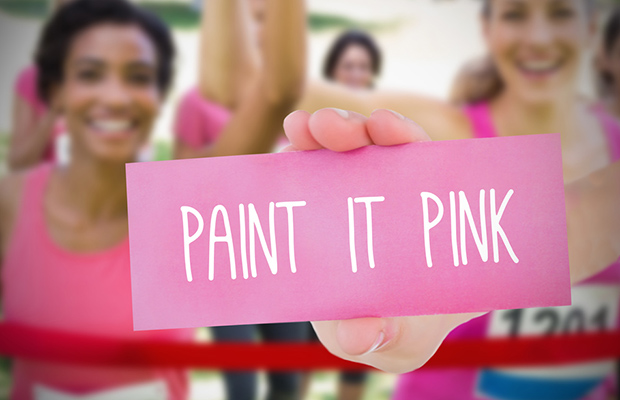
During Breast Cancer Awareness Month, most of us turn our attention to the tide of pink-clad walkers and runners raising money for a future cure. But not every organization gets the recognition it deserves. Here, we celebrate the brave women running grassroots organizations that provide support, services and more — all without the benefit of seed money, big budgets or corporate boards. Rather, they depend on their own grit and gumption to help their sisters in need.
5 Lesser-Known Breast Cancer Charities You’ll Want to Support
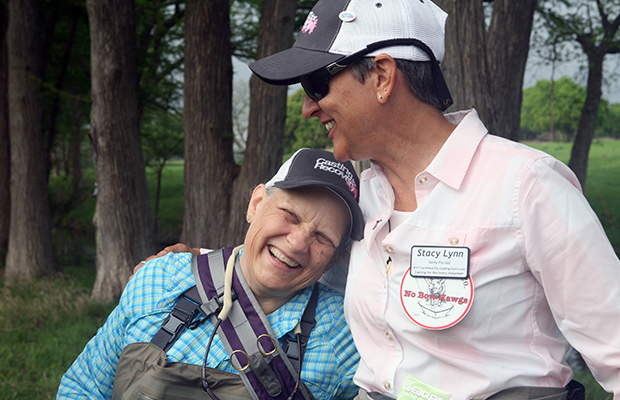
1. Casting For Recovery
Mission: Providing therapeutic fly fishing retreats for the body and soul
If you’ve been beaten down by the emotional and physical toll of breast cancer treatment, then the idea of spending three days in nature learning a new sport might be the furthest thing from your mind. But joining this all-women fly fishing expedition is more than just a much-deserved escape. It turns out the activity helps with recovery, too. The motion of casting a fly fishing rod stretches the soft tissue around the breast and is similar to exercises recommended by doctors after surgery or radiation.
Founded in 1996 in Manchester, Vermont by a breast cancer reconstructive surgeon and a professional fly fisher, Casting For Recovery hosts 40 free fly fishing retreats for 600 women in 36 states each year. The charity raises about $1.2 million annually through small private donations, a couple big events and a handful of national sponsorships.
“It’s so therapeutic being outdoors. Fly fishing is a good tool to teach mindfulness because you have to be so focused and present,” explains Executive Director Whitney Milhoan. Of course, women benefit from the peer support, too. “One woman told me, ‘The last thing I wanted to do after completing treatment was to go back to the hospital for a support group,’” she says.
RELATED: 9 Bloggers Who Changed Their Lives Through Fitness

2. Pink Daisy Project
Mission: Supplying gas and grocery gift cards for young women in need
When Debbie Cantwell was diagnosed with breast cancer at age 41 more than nine years ago, the single mom from Seattle was unprepared to absorb the costs of treatment and time off from work. “Who plans for an illness? I was trying to deal with the shock of cancer and make it with two small kids and no savings,” she says. What helped: A ton of support from friends and family. Cantwell says she couldn’t afford to pay them back, so she decided to pay it forward. In 2008, she started the Pink Daisy Project, a charity dedicated to helping women under 45 survive the financial crunch of treatment.
Funded by individual donations and small local fundraisers that bring in about $80,000 a year, Cantwell sends about 250 recipients $250 in gift cards for groceries, restaurants or gas. “I focus on young women because they’re already busy moms and might be taking care of parents and don’t have a lot of financial flexibility,” says Cantwell, who works full time as an ad copywriter and runs the charity on nights and weekends. “We used to help people three months in a row, but our donations are down so we just help with a one-time gift,” she says. Some women write us just asking for gas cards, especially if they have long drives to their radiation treatment centers. “What breaks my heart is when women write, ‘The cancer is back. Can you help again?’” she says.
RELATED: The Inspiring High School Football Player Battling Leukemia
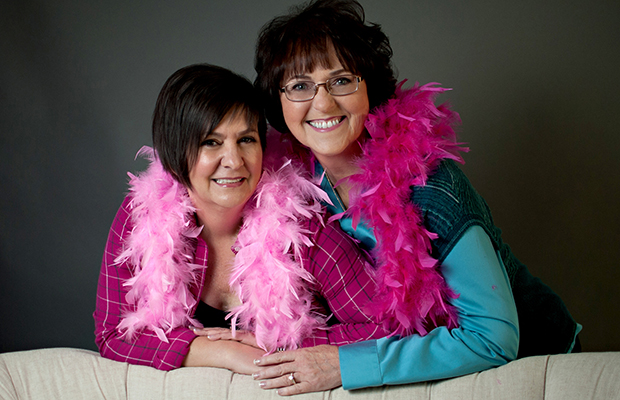
3. Breast Friends
Mission: Teaching friends and family invaluable support techniques
When a woman is diagnosed with breast cancer, her friends and family members often say, “Call me if you need anything!” But that’s not the kind of support she really needs, explains Sharon Henifin, who cofounded the Portland, Oregon-based charity Breast Friends in 2000 with fellow survivor Becky Olson. “The patient will say ‘Thanks!’ But she never reaches out.” The cofounders, who are both 62, wanted to help educate patients’ nearest and dearest on how to provide the most useful support. That can mean anything from taking her wig shopping, to bringing over healthy meals, to saying “I’m going to the store. What can I get you?” (“You’re not asking if she wants something,” says Henifin. “You’re asking what she wants.”)
In addition to speaking engagements and brochures with “tips to show you care,” they’ve more recently expanded their mission to help patients directly through workshops and support groups. Volunteers connect patients with local photographers willing to donate their services to celebrate patients’ beauty during treatment. They also send out baseball caps with the logo “Temporarily bald. Permanently beautiful.” The charity has inspired other volunteers to create affiliates in Pennsylvania and Florida and now helps 425 new patients annually with funding from grants and events that raise $200,000.
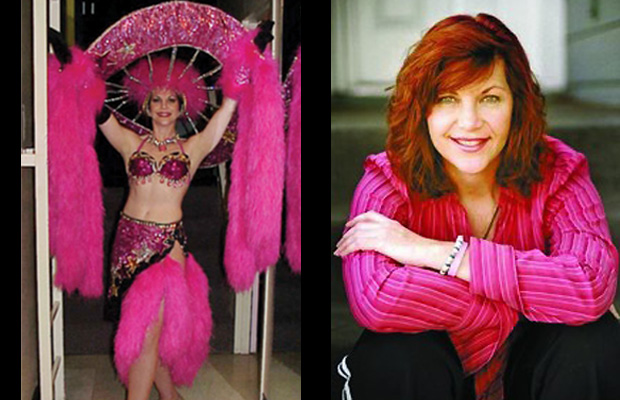
4. My Hope Chest
Mission: Funding breast reconstruction surgery for uninsured women
In 2001, 38-year-old Alisa Savoretti had taken a break from her career as a Las Vegas show girl when she found a lump in her breast. She was uninsured at the time but sought public assistance to pay for a mastectomy and eight rounds of chemotherapy. Savoretti recovered, but she couldn’t find help to pay for reconstructive surgery. Three years later, when she returned to dancing, she put a prosthesis in her bra and adopted the name “The Lopsided Dancer.” After her new insurance agreed to cover the procedure, Savoretti finally got her breast back. “I was a young women who felt disfigured for three years,” she says.
Her frustration inspired her to create My Hope Chest, which helps uninsured women get funding for the procedure and “feel whole again,” says Savoretti, now 52. She’s since moved the charity from Las Vegas to her mom’s house in Tampa Bay and devotes herself to it full time. “The average reconstruction process includes three separate surgeries and takes up to a year and costs about $25,000 cash,” she says. Savoretti promotes surgeons who offer $13,500 discounted rates on the charity website and helps about seven to 10 women a year with $250,000 from donations, third-party events and sponsorships from bra manufacturers. “It feels rewarding to be on the happy end of cancer, but we have 200 women on the wait list,” she says.
RELATED: The 20 Most Inspiring Runners in the U.S.
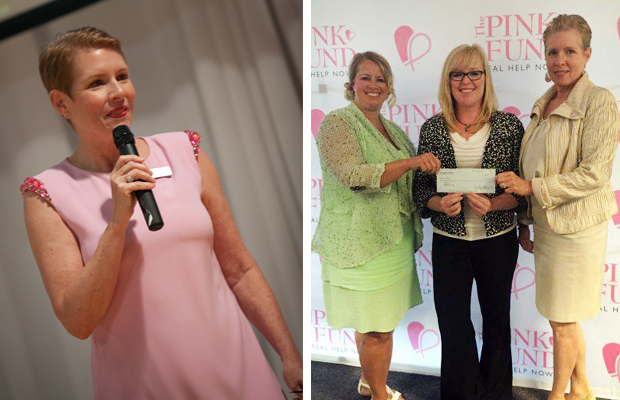
5. The Pink Fund
Mission: Offering short-term financial relief for women in treatment
Women facing breast cancer treatment are often told to anticipate nausea and hair loss. But many don’t expect to suffer financial hardship from lost income. But that’s what happened to 54-year-old Molly MacDonald nearly a decade ago when she had to undergo two surgeries and six weeks of daily radiation to cure her breast cancer. In between jobs, the mother of five who was caring for her aging mother and paying $1,200 a month for COBRA health insurance, lost her home and had to accept help from a local food bank.
A year later, she was determined to start a charity that could help other families stay afloat by covering a mortgage, car, utility or health insurance premium payment. MacDonald, who lives near Detroit, called it The Pink Fund and now receives about 150 requests a month for support. “It’s a little frightening, since we can only help about 85 people a month,” says MacDonald, now 63, who works full-time to raise about $750,000 a year from individual donations and two corporate sponsorships. Recipients get about $1,200 over 90 days. “We want to provide enough financial support to give patients time to figure out what to do next,” she says. “We give them hope. One person told me, ‘When you paid my bills, I felt loved.’”
